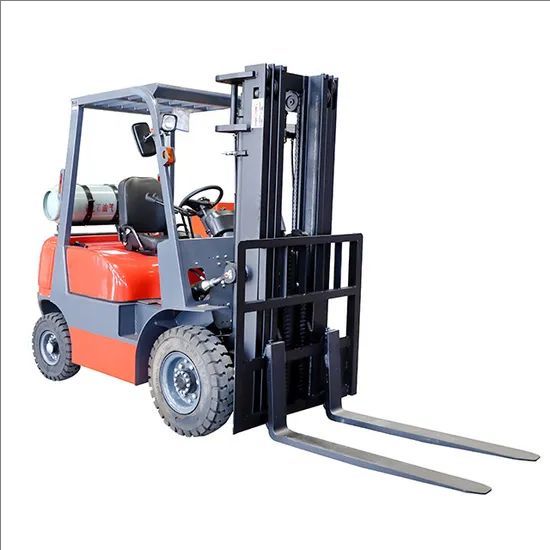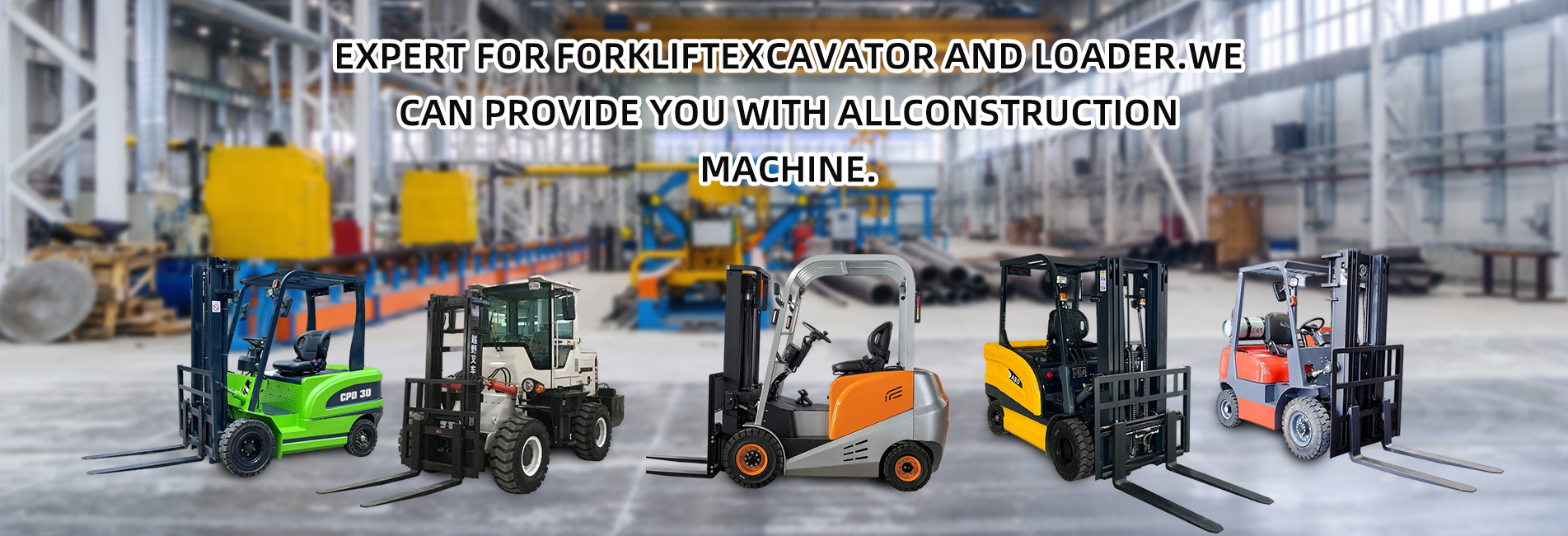LPG forklifts (liquefied petroleum gas forklifts), as a type of internal combustion forklift, have performance characteristics that are both different from and partially overlapping with those of electric forklifts and traditional internal combustion forklifts (such as diesel and gasoline forklifts). However, it cannot be simply said that they "combine the disadvantages of both". The following is a specific analysis from the perspective of comparing advantages and disadvantages:

Compared with electric forklifts
The core disadvantages of electric forklifts are limited endurance and high initial cost. LPG forklifts can quickly replenish fuel by replacing cylinders, so their endurance is more flexible. Moreover, their initial purchase cost is usually lower than that of electric forklifts (especially for large-tonnage models). Therefore, they do not inherit the core disadvantages of electric forklifts.
However, LPG forklifts have emission problems (cannot achieve complete zero emissions indoors), and their fuel cost (LPG price) is higher than electricity fees, which is indeed inferior to electric forklifts.
Compared with traditional internal combustion forklifts
The disadvantages of traditional internal combustion forklifts are high emissions and high noise. The emissions (CO, particulate matter) of LPG forklifts are significantly lower than those of diesel vehicles, and the noise is also lower. Therefore, they have improved the core disadvantages of traditional internal combustion forklifts.
However, the power of LPG forklifts is slightly weaker than that of diesel forklifts of the same tonnage, and the fuel storage (cylinders) requires additional space and safety management, which is more cumbersome than that of diesel vehicles.
Unique problems of its own
The disadvantage of LPG forklifts is their "intermediate state": they cannot fully meet indoor environmental protection requirements like electric forklifts, nor can they work intensively in extreme environments (such as muddy and high-temperature conditions) like diesel forklifts. In addition, their fuel cost is higher than both in long-term use.
But this is a characteristic caused by its positioning, not "combining the disadvantages of both" - it is more like a compromise designed to balance indoor and outdoor use, power and environmental protection.
LPG forklifts do not simply combine the disadvantages of electric forklifts and internal combustion forklifts; instead, they strike a balance between the two:
They improve the emission and noise problems of traditional internal combustion forklifts and avoid the endurance limitation of electric forklifts;
However, due to the characteristics of their fuel, they cannot completely replace the two. They are suitable for scenarios that need to take into account short-term indoor operations, outdoor power demand, and cannot accept the endurance limitation of electric forklifts (such as logistics warehouses and short-distance port transportation).
Therefore, whether to choose an LPG forklift depends on the specific usage scenarios (the proportion of indoor and outdoor use, endurance demand, environmental protection requirements) rather than simply judging from the "combination of disadvantages".



